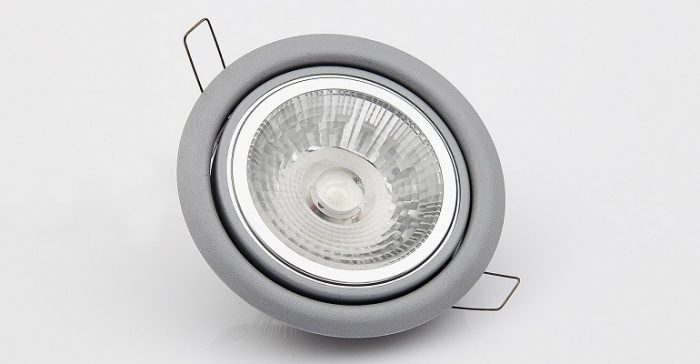EDGE M&V for Brooklyn and Queens
Isaac Wainstein and Ryan Bossis, ERS, for Zondits Con Edison has launched a nationally recognized program to use energy efficiency and customer-sited distributed energy resources to reduce a forecasted overload on its Brownsville substations. Current projections indicate that by 2018, on a peak summer evening, demand will exceed the substation capacity by up to 52 … Read more

